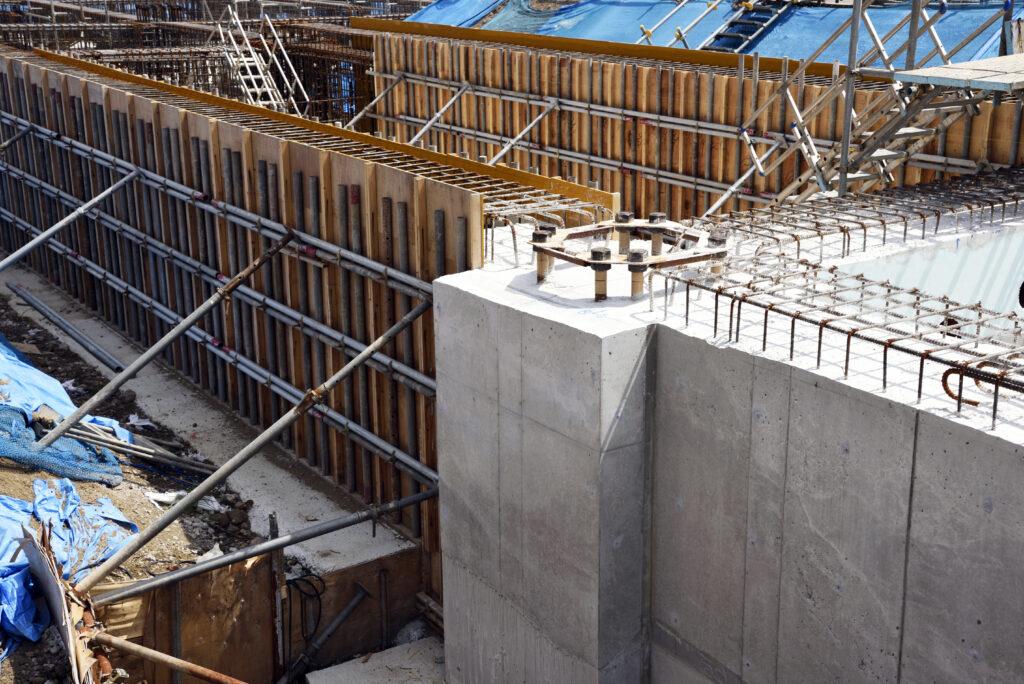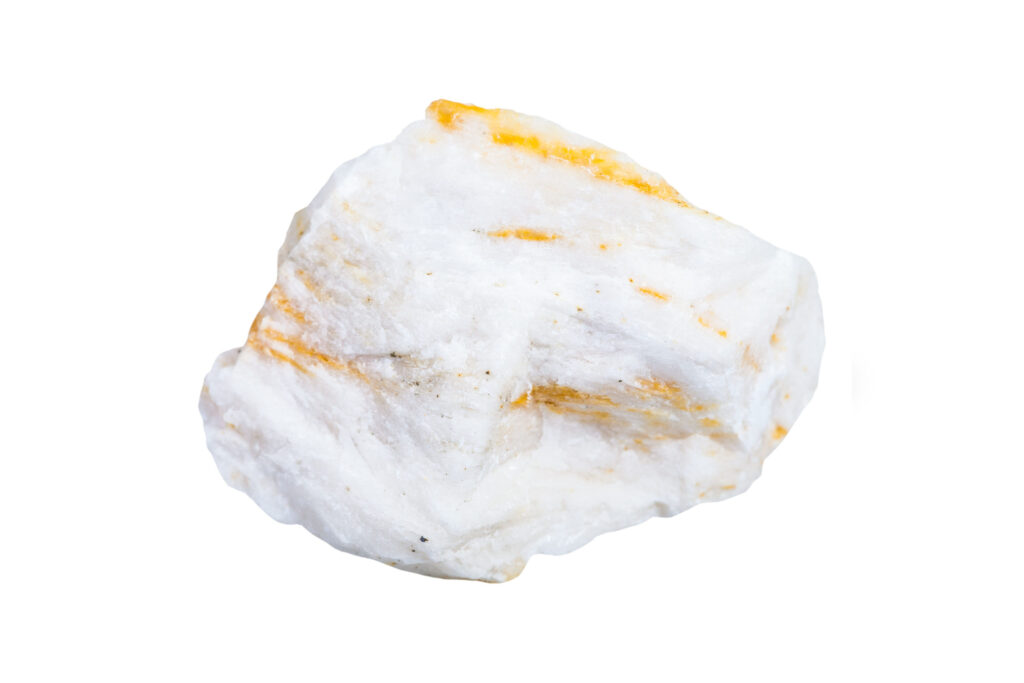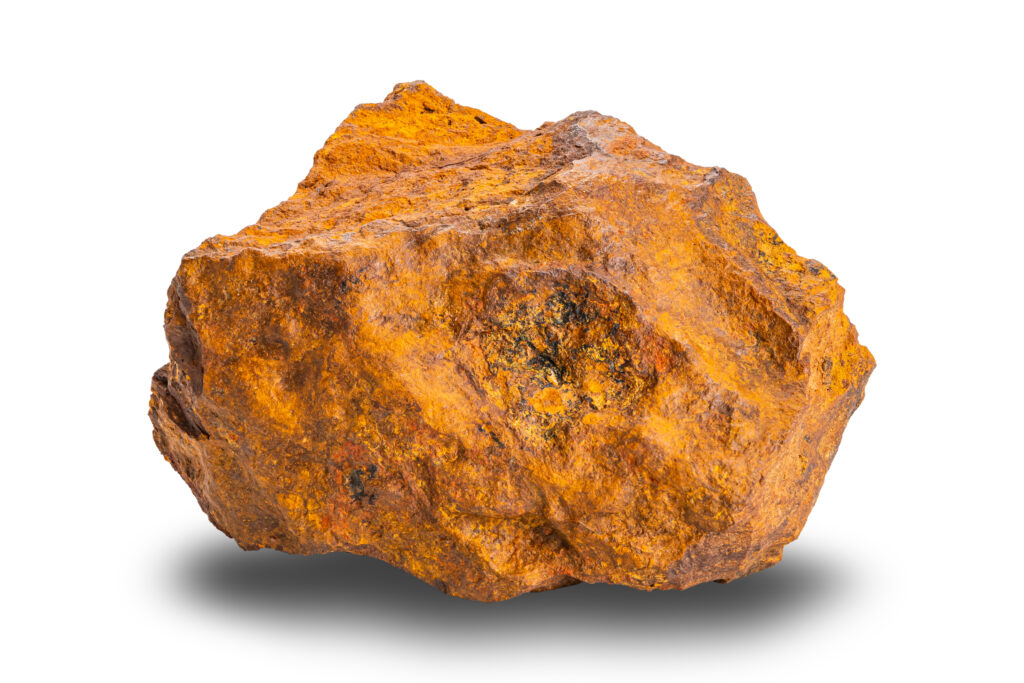High-density concrete (HDC) is a specialised type of concrete used in projects that require a higher density and more substantial structural resilience than traditional concrete can offer.
Key applications range from radiation shielding to underwater construction, all of which benefit from the unique properties of heavy minerals like barite, magnetite, and limonite.
What Exactly Is High-Density Concrete?
High-density is a concrete with a density significantly higher than that of conventional concrete, which typically ranges from 2,400 to 2,600 kg/m³. HDC densities, however, can vary from 3,200 to 4,800 kg/m³ or even higher, depending on the specific requirements. This increase in density is achieved through the use of heavy aggregates like barite, magnetite, and limonite, each of which brings unique advantages to the mix.
The heavy nature of these aggregates allows HDC to effectively absorb or attenuate radiation, handle extreme load-bearing requirements, and increase stability for underwater or subterranean structures.

Properties and usage of Barite, Magnetite, and Limonite in High-Density Concrete
Barite Ore (Barium Sulfate)

Density: Barite has a high specific gravity up to 4.5, which makes it highly suitable for use in HDC.
Advantages: Due to its high density, barite is highly effective at absorbing gamma radiation. It’s also chemically stable and doesn’t react with other components in the concrete, making it an ideal choice for projects needing stable radiation shielding.
Applications: Barite is primarily used in HDC applications that require radiation protection, such as in medical facilities (e.g., radiation therapy rooms), nuclear power plants, and industrial sites handling radioactive materials.
Magnetite Ore (Iron Oxide)

Density: Magnetite has a specific gravity of around 5.2, making it one of the densest materials suitable for HDC.
Advantages: Magnetite not only contributes to the weight and density of concrete but also offers excellent magnetic properties and is highly resistant to abrasion. Its high iron content also gives it the ability to attenuate neutron radiation, which is especially beneficial in nuclear facilities.
Applications: Magnetite is widely used in nuclear power plants, laboratories, and other environments where neutron shielding is essential. It is also used in industrial and civil applications where high-density materials can provide increased strength and stability to concrete structures.
Limonite Ore (Hydrated Iron Oxide)

Density: Limonite is somewhat less dense than barite and magnetite, with a specific gravity ranging from about 2.7 to 4.3. However, its density is still much higher than conventional aggregates like gravel or sand.
Advantages: Limonite’s iron oxide composition allows it to enhance concrete’s density and durability while providing a natural resistance to corrosion. It also contributes to the overall stability of HDC, which is valuable in underwater and heavy-load-bearing applications.
Applications: Limonite is used in HDC for projects involving underwater construction, foundations, and structures where moisture resistance and load-bearing capacity are paramount.
Real-World Applications of High-Density Concrete
The unique properties of HDC make it suitable for various specialised applications. Here are some prominent real-world examples:
– Radiation Shielding in Medical and Nuclear Facilities
Why HDC Is Used: High-density concrete effectively absorbs radiation, making it essential in hospitals, nuclear power plants, and research labs. Barite and magnetite, with their radiation-absorbing properties, are frequently used to ensure that radiation does not penetrate walls and pose a risk to people in adjoining areas.
Application: In medical facilities, high-density concrete is often used to line walls and floors in radiation therapy rooms. In nuclear facilities, HDC is used to construct containment buildings and reactor shielding to protect workers and the environment.

– Underwater and Subterranean Construction
Why HDC Is Used: Due to its weight and stability, HDC performs well in underwater environments where buoyancy can be an issue with traditional concrete. Its density also helps stabilize structures in shifting, high-pressure conditions like those found in deep-sea or subterranean environments.
Application: Magnetite and limonite are commonly used in HDC for underwater structures like oil rigs, underwater pipelines, and retaining walls in dam construction. The additional weight provided by these aggregates allows these structures to withstand strong currents and remain anchored in position.
– Industrial Flooring and Heavy-Duty Foundations
Why HDC Is Used: Industrial and commercial facilities often need floors that can withstand intense pressure and heavy equipment, as well as foundations that can support substantial weight loads. HDC, with its high density and compressive strength, is perfect for these environments.
Application: Industrial floors and heavy-duty foundations use HDC with barite and limonite to achieve the required strength and durability. For example, HDC is used in factory floors, power plant foundations, and any setting where machinery and heavy loads may otherwise crack or damage traditional concrete.

– Military and Defence Infrastructure
Why HDC Is Used: High-density concrete is increasingly used in military applications for the construction of bunkers and fortifications. The dense and durable nature of HDC, combined with its radiation shielding abilities, makes it ideal for defense structures requiring enhanced protection against projectiles or radiation.
Application: In military bunkers and protective shields for sensitive equipment, barite and magnetite are used as primary components in the HDC mix, ensuring resilience under high-stress and high-impact conditions.

